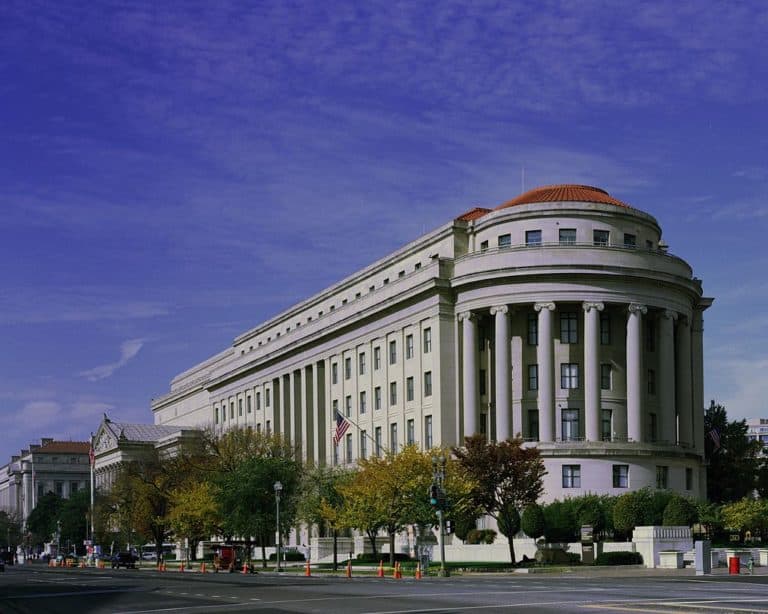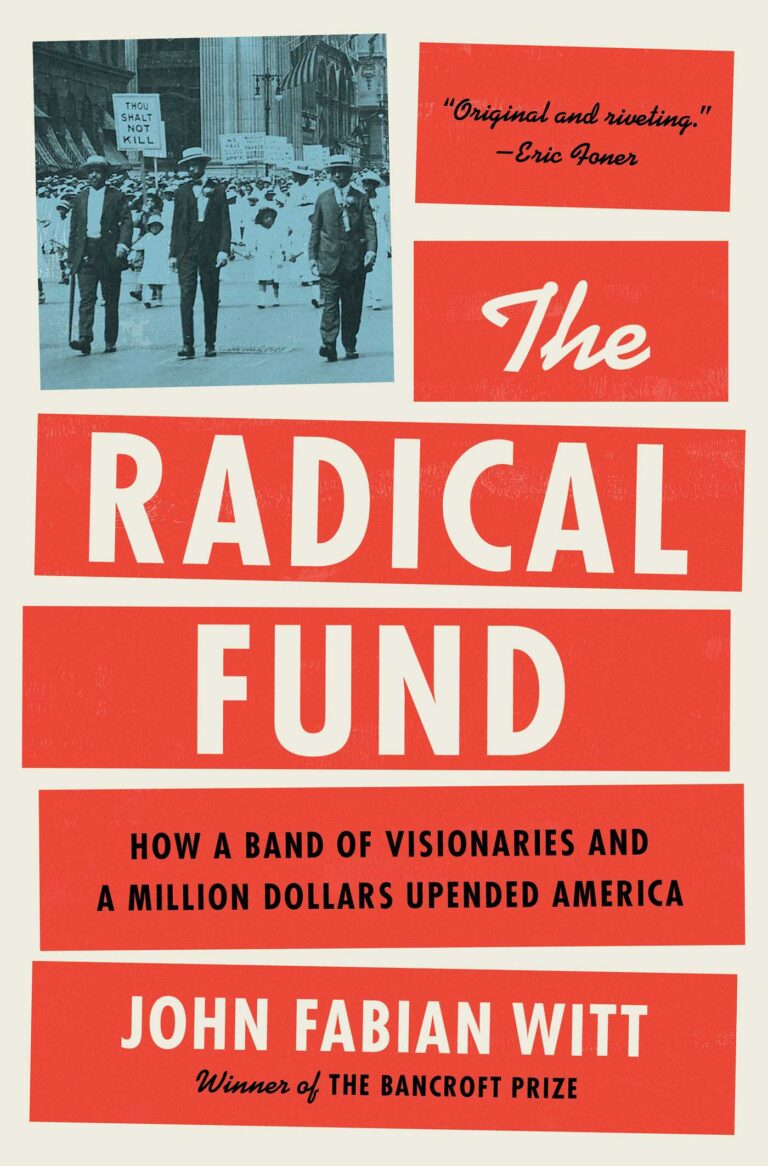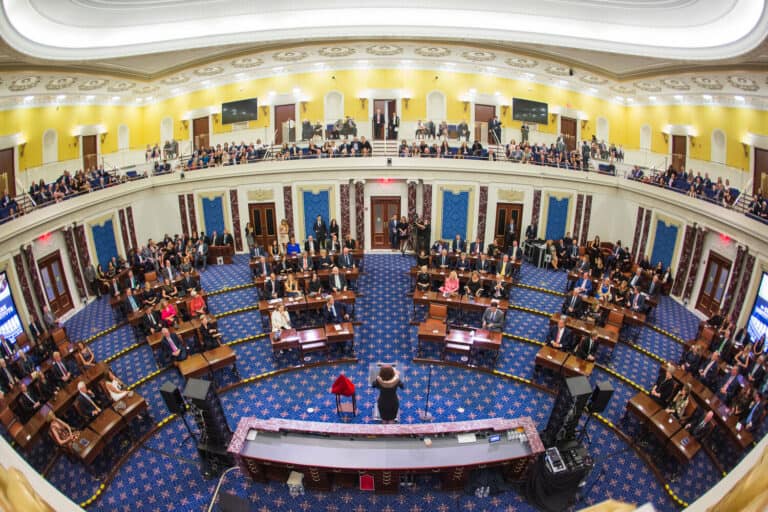
Greg Volynsky is a student at Harvard Law School.
In Today’s News & Commentary, Kaiser Permanente reached a tentative agreement with 75,000 workers, SF public school teachers authorized a strike, and Michigan law allows retired teachers to go back to work while still collecting retirement benefits.
On Friday, Kaiser Permanente and a union representing 75,000 of its frontline healthcare workers—primarily medical assistants, laboratory technicians, receptionists and sanitation staff—announced a tentative agreement, a week after a disruptive three-day strike. This labor conflict is among several recently experienced by health care institutions, exacerbated by acute staffing challenges post-pandemic. For instance, on Tuesday, 1,500 health workers began a five-day strike against a medical center in California, as some Walgreens pharmacy staff across four states initiated a walk-out on the same day. Workers under the Coalition of Kaiser Permanente Unions expressed gratitude for the involvement of acting U.S. Labor Secretary Julie Su in facilitating the agreement. Kaiser Permanente provides health plans and services for 13 million individuals across eight states.
On Thursday, the San Francisco public school teachers’ union announced members had overwhelmingly voted to authorize a strike. The union represents approximately 6,500 teachers from the San Francisco Unified School District. The vote follows 10 months of negotiations and comes as the district faces a staffing crisis, with a quarter of teaching positions unfilled. Teachers seek a $12,000 raise over two years, while the district has proposed $10,000; teachers have also voiced deep dissatisfaction with a new, multimillion dollar payroll system the district rolled out last year. A week ago, SF custodial and other staff members also voted overwhelmingly to authorize a strike. A second vote is necessary to actually initiate a walk-out.
On Wednesday, Governor Whitmer of Michigan signed legislation allowing retired teachers to go back to work while still collecting retirement benefits.






Daily News & Commentary
Start your day with our roundup of the latest labor developments. See all
November 16
Boeing workers in St. Louis end a 102-day strike, unionized Starbucks baristas launch a new strike, and Illinois seeks to expand protections for immigrant workers
November 14
DOT rule involving immigrant truck drivers temporarily stayed; Unions challenge Loyalty Question; Casino dealers lose request for TRO to continue picketing
November 13
Condé Nast accused of union busting; Supreme Court declines to hear Freedom Foundation’s suit challenging union membership cancellation policies; and AFT-120 proposes a “Safe Sleep Lots” program for families facing homelessness.
November 12
Starbucks and the NLRB face off over a dress code dispute, and mental healthcare workers face a reckoning with AI.
November 11
A proposed federal labor law overhaul, SCOTUS declines to undo a $22 million FLSA verdict, and a railroad worker’s ADA claim goes to jury trial.
November 10
Meta unveils data center ads; partisan government emails blocked by judge; thousands protest in Portugal.